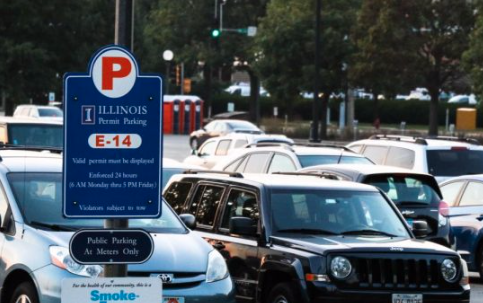Green Office Opportunities!
Many university employees want to set an example for students by taking environmental action at work, but they aren’t sure where to start. The Certified Green Office Program is designed to identify simple, inexpensive actions you can take in your workspace.
In its first four years, more than 50 offices and over 1,000 staff and faculty joined the Certified Green Office Program. In the program’s fifth year, we invite you and your office to make a pledge to reduce your use of resources and improve the overall sustainability of your office’s day-to-day practices.
Small actions make a big difference when many take those small actions. The Illinois Climate Action Plan (iCAP) outlines campus plans to achieve carbon neutrality by 2050, and we believe everyone can play a part in achieving that goal through their day-to-day actions. With your help, we can reduce the environmental impact of this campus and strengthen its position as a national leader in sustainability.
Click here for more information about the Certified Green Office Program.

 Help Us Celebrate Earth Month — Wherever You Are!
Help Us Celebrate Earth Month — Wherever You Are!
